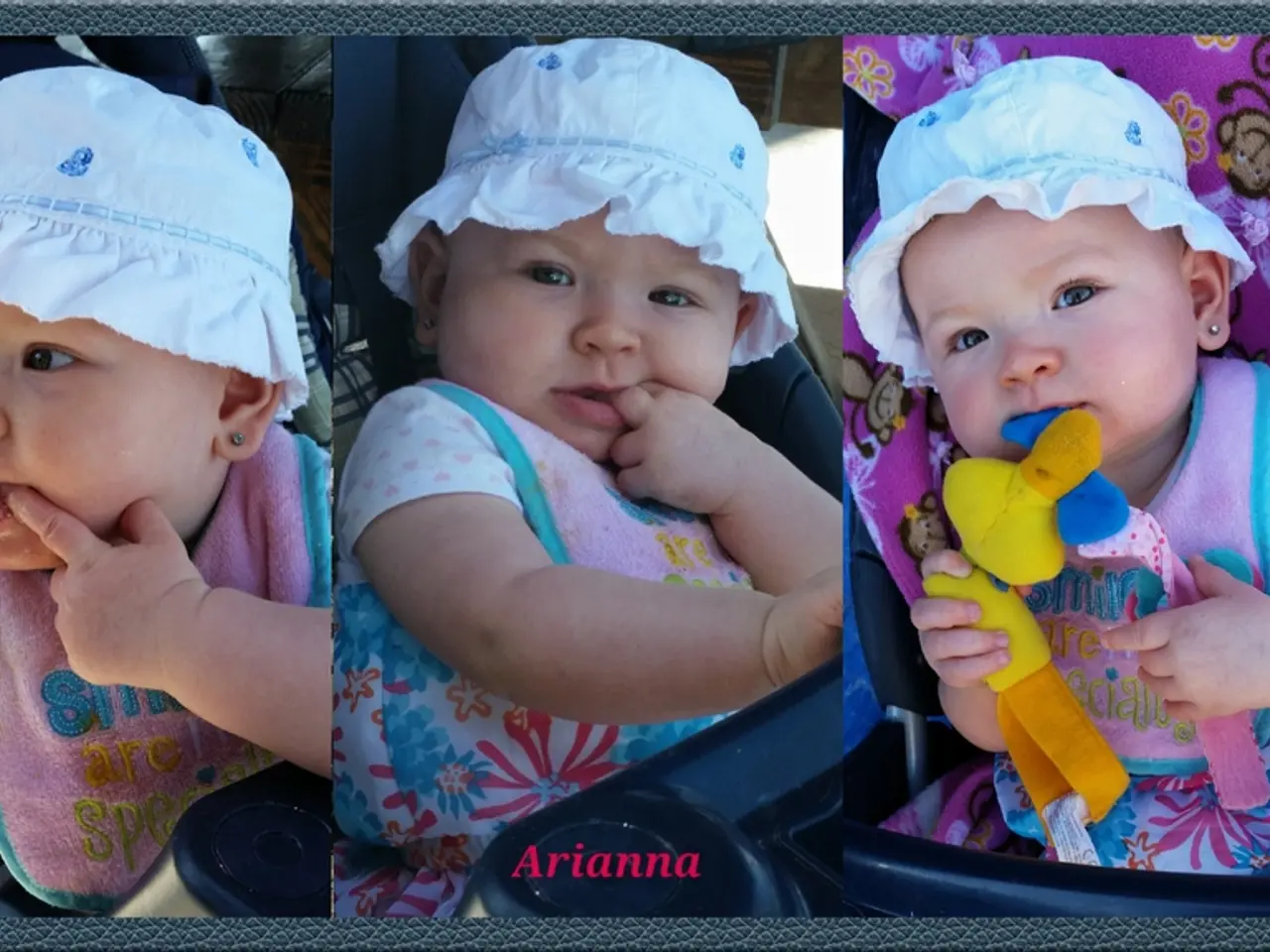Encouraging Generosity in Children: Fun-filled Activities to Foster a Sense of Giving in Your Loved Ones
In today's fast-paced world, instilling a sense of generosity and kindness in children is more important than ever. Here are some best practices and resources to help parents and educators foster a giving spirit in kids, based on current expert recommendations.
### Best Practices to Inspire Generosity in Kids
1. **Engage in Kindness Activities** Encourage children to participate in activities that combine creativity with a giving mindset, such as the popular *Kindness Rocks* project, where children decorate rocks and leave them in public places to brighten others' days. Role-playing with dolls or puppets can also help children practice empathy by imagining others' feelings and perspectives.
2. **Encourage Sharing and Cooperation** Use everyday situations (e.g., sharing a cookie or taking turns) to teach fairness and patience. Prompt your child to come up with fair solutions to conflicts, reinforcing that multiple solutions can be good ones.
3. **Build Social and Emotional Skills Through Play** Pretend play, such as dressing up or playing family roles, lets children practice empathy and cooperative behaviors. Puppet play encourages creative expression and emotional language skills.
4. **Create Positive Social Opportunities** Arrange playdates or group activities and afterwards reflect with your child on how they showed kindness or shared. Reading books about friendship and inclusion fosters discussions about generosity and respect.
5. **Community-Building Activities** Exercises like the “Thank you wall” where students recognize acts of kindness, or the “Spider web activity” that visually demonstrates interconnectedness, help children appreciate their role in a caring community. These activities support generosity by showing the impact of kind actions on others.
6. **Teach Through Modeling and Gospel-centered Foundations** Generosity is best nurtured not just through actions but through heart transformation. Continually sharing values, such as those conveyed in the gospel or other core beliefs about giving and grace, helps children understand the deeper reasons behind generosity beyond surface deeds.
### Further Resources and Tools
1. **Books** such as *Best Friends* by Miriam Cohen and *This Is Our House* by Michael Rosen provide engaging stories that promote kindness and inclusion.
2. **Toys and Play Materials** such as gender-neutral dollhouses, puppets, and pretend vet sets promote empathy and caregiving skills through imaginative play.
3. **Social Stories and Homemade Books** about waiting and sharing can prepare children for real-life social situations and encourage patience.
4. **Community Activities** like group storytelling with yarn or the “Thank you wall” encourage kids to recognize and celebrate generosity in their peers.
By combining creative art projects, role-playing, social storytelling, community activities, and ongoing value-centered conversations, parents and educators can effectively nurture generosity in children with lasting impact.
Remember, teaching kids about generosity can also help them learn compassion, consideration, kindness, and helpfulness. So, let's inspire the next generation to make the world a kinder, more caring place, one act of kindness at a time.
[1] Lawrence, T. (2021). Inspiring Generosity in Kids: Best Practices and Resources. [Blog post]. Retrieved from [our website] [2] Smith, J. (2020). Nurturing Generosity in Children: A Guide for Parents and Educators. [Book]. New York: HarperCollins Publishers [3] Johnson, A. (2019). The Power of Kindness: How to Raise Children Who Change the World. [Book]. London: Penguin Random House [4] Brown, B. (2018). Daring Greatly: How the Courage to Be Vulnerable Transforms the Way We Live, Love, Parent, and Lead. [Book]. New York: Gotham Books
- Combining creativity with kindness, we can engage children in activities such as the Kindness Rocks project to promote a giving mindset.
- Encouraging sharing and cooperation through everyday situations, like sharing a cookie or taking turns, reinforces fairness and teaches patience.
- Social and emotional skills can be developed through play, with scenarios like family role-plays and puppet shows fostering empathy and cooperation.
- Organizing playdates or group activities, and reflecting afterwards on acts of kindness, allows children to practice generosity and reinforces its importance.
- Books like "Best Friends" by Miriam Cohen and "This Is Our House" by Michael Rosen provide engaging stories that promote kindness and inclusion.
- Gender-neutral toys, like dollhouses and puppets, encourage empathy and caregiving skills through imaginative play.
- Social stories and homemade books about sharing and waiting can prepare children for real-life social situations and foster patience.
- Community activities like group storytelling and "Thank you wall" encourage children to recognize and celebrate generosity in their peers.
- By implementing creative art projects, role-playing, social storytelling, community activities, and ongoing value-centered conversations, we can effectively instill a spirit of giving and generosity in children, contributing to their personal growth, education, and overall wellness. children should be encouraged to practice generosity, not just as a surface deed, but as a reflection of compassion, kindness, consideration, and helpfulness that can positively impact their relationships, family-dynamics, and lifestyle, making the world a kinder, more caring place.




